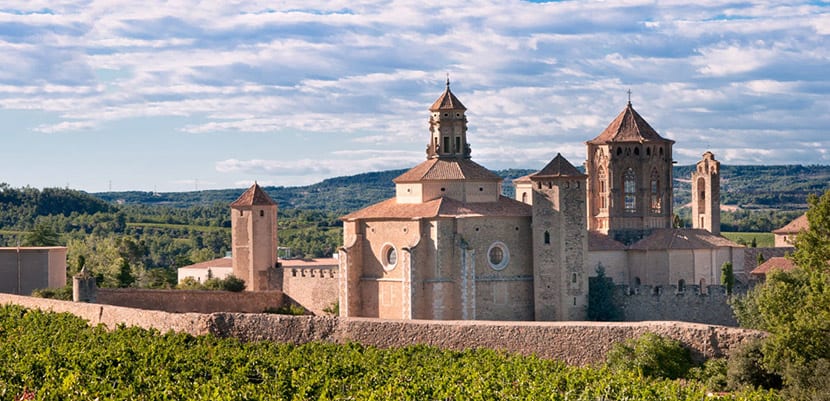
There are roads and paths, routes that take us through beautiful landscapes and others that plunge us into the history of architecture and religion. This last combination is what the so-called offers Cistercian route, a tour of some of the most beautiful monasteries of Spain.
It is not a very long way and it is common for cyclists to choose to do it, but obviously, you can also do it by car or on foot. Whatever your means of transport, here is everything you need to know to get to know it.
The Cistercian Order
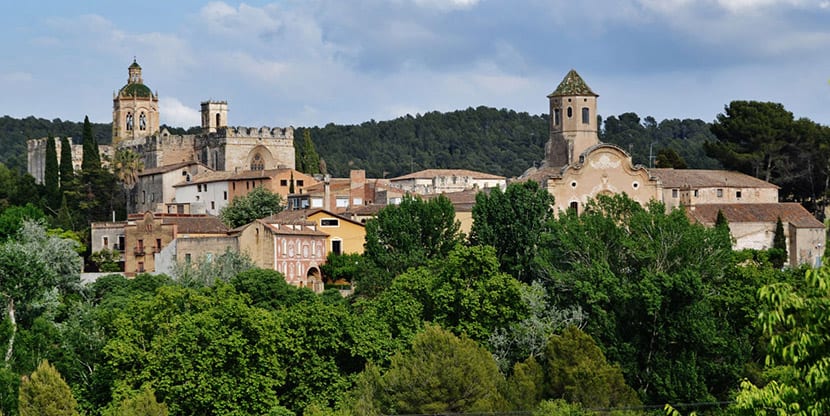
It is also known as the Cistercian Order and it is very old well yesIts foundation dates back to 1098. For that year, about Dijon, France, in what was once the Roman town of cistercium, Roberto de Molesmes founded an abbey, ultimately the origin of the order.
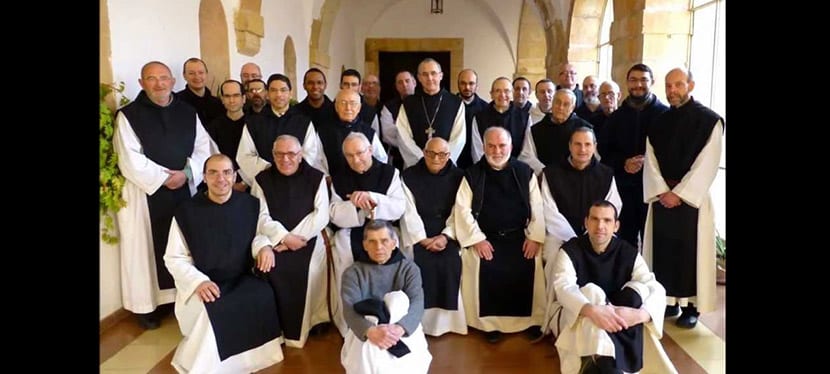
It was an important order in the twelfth century and had, at least until the time of the French Revolution, a great social function. But its founder, Molesmes, wanted to return to the simple monastic life, with fasting and poverty and also a lot of communal work, so he found a lonely place and went with about twenty monks to found a new abbey. The early days were not easy but with the help of local lords they managed to prosper.
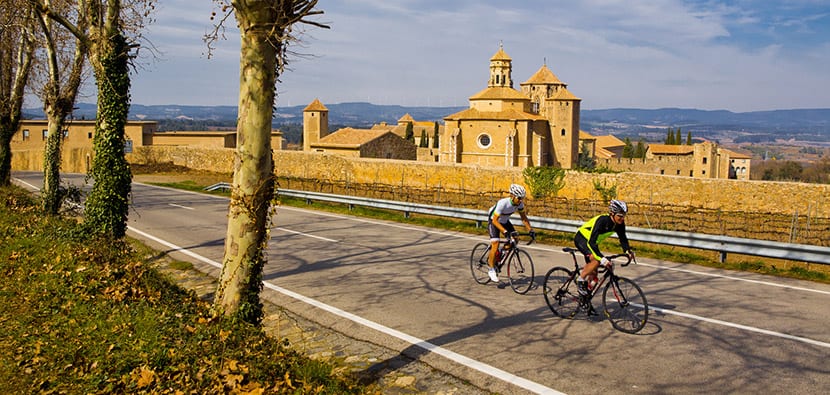
The Cistercian monks at that time adopted a simple raw wool habit, so they began to be called "white monks". From 1112 onwards, a new stage would begin with the foundations of subsidiaries and the growth of the community. The twelfth and thirteenth centuries would be those of its heyday.
All this happened in France but in Spain there are two congregations of the Cistercian Order, the Congregation of Aragon and the Congregation of San Bernardo de Castilla. This second congregation had its golden age throughout the seventeenth century and had 45 abbeys, while that of Aragon has until today three female and three male monasteries.
The Cistercian Route
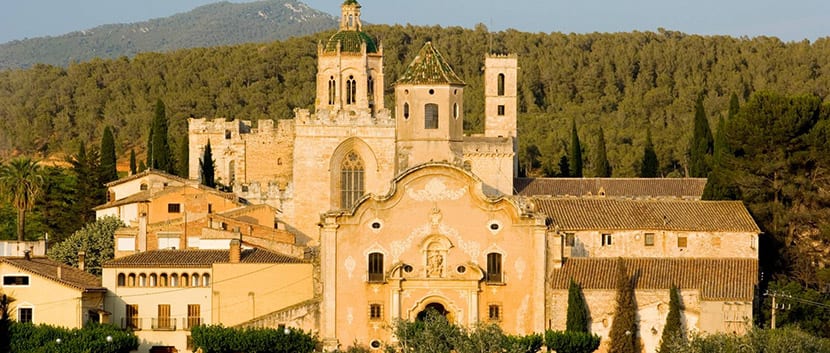
This path connects three Cistercian abbeys: the Saint Creus Monastery, that of Santa Maria de Poblet and of Vallbona de les Monges, in the provinces of Lleida and Tarragona. The order expanded throughout the XNUMXth century and arrived in Spain with the conquest by the Crown of Aragon of the lands called Catalunya nueva, until then in Muslim hands. The Aragonese kings gave the Cistercian monks the order to repopulate the lands by founding monasteries.
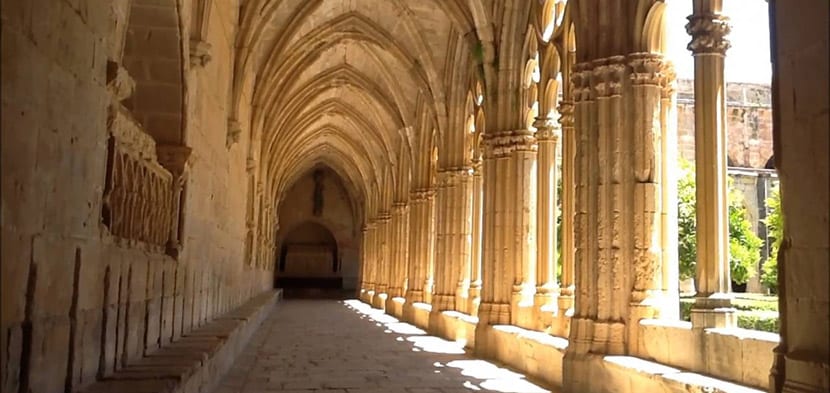
The first monastery on this colorful route is the Santes Creus Monastery. It was built in the XNUMXth century and It is in the municipality of Aiguamurcia, in the province of Tarragona. It houses the royal pantheon so over time it has received large donations that have embellished it.
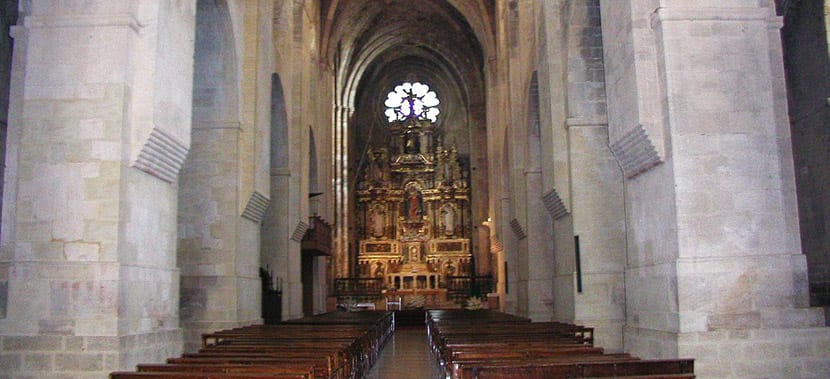
This is a monastery that has no monastic life to this day. The Order abandoned him in 1835 and in 1921 he was declared National Monument. This monastic complex has a structure of three main parts: the church, its cloister and the chapter house. As satellites are the parlor, the refectory, the common bedroom and the monks' room. There is also a cemetery, an infirmary, rooms where retired monks lived and a Royal Palace.
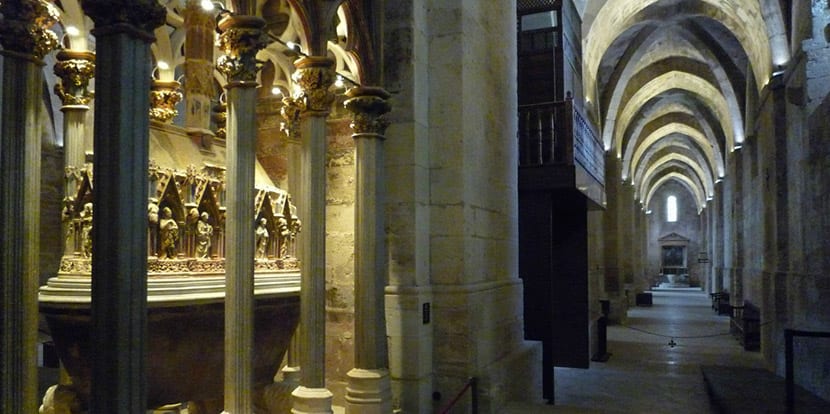
The church was finished in 1225 and looks like a fortress. It has a nave 71 meters long by 22 meters wide and walls almost three meters thick. The layout is in the shape of a Latin cross with three naves and has side chapels. As we said above, the church keeps royal tombs, those of King Pedro III of Aragon and his faithful admiral and King Jaime II of Aragon with his second wife. Two beautiful works of art.
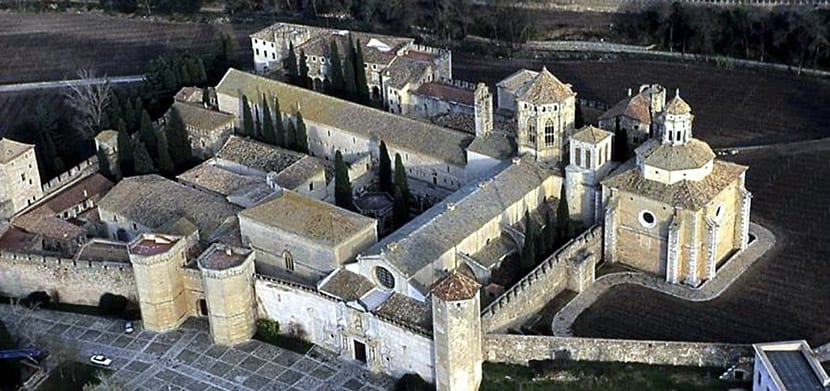
The second church on the Cistercian Route is that of Santa Maria de Poblet, in Vimbodí. It is not more than 30 kilometers from the first and is at the foot of the Poblet forest and the Prades mountains. It is the largest of the three monasteries on the route and it was also a pantheon of the Crown of Aragon.
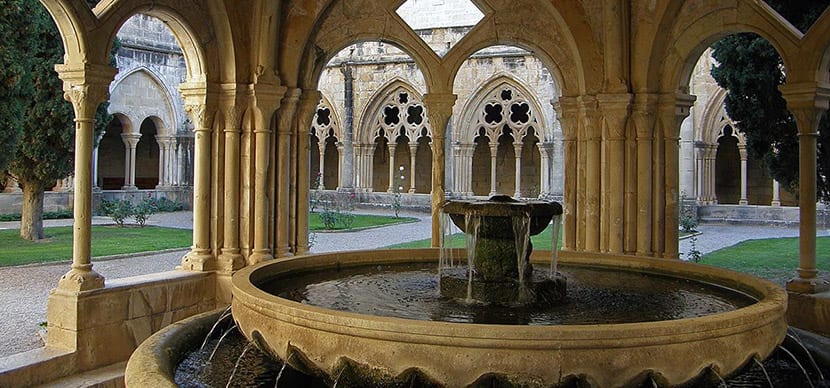
It also had a time of much glory, expansion and growth and also fit was abandoned in 1835 as a consequence of the Confiscation of Mendizabal, a process that consisted of selling the properties of the religious orders accumulated by wills and donations and also the municipal wastelands. It was a state appropriation of assets that had the purpose of obtaining money for the public coffers, either by direct sale or by the subsequent resale of the lands to workers or bourgeoisie who would be charged new taxes.
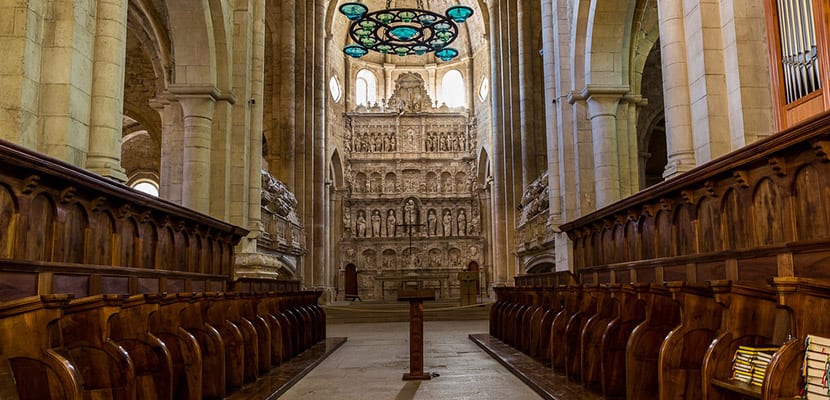
Fortunately this monastery could reverse history. Its reconstruction began in 1930 and five years later the monks returned. Today it is partially open to the public and is a Heritage declared by UNESCO. Its church, its cloisters, the chapels of Sant Jordi and Santa Caterina, the royal tombs and the Palace of King Martín el Humano are the most interesting places to visit.
The latter is considered a jewel of Catalan Gothic architecture and today it is also the monastery's museum. In the area of this monastery we can also visit the Wine Museum, in Vimbodí. Then, after traveling barely 25 kilometers, we reached the Monastery of Vallbona de les Monges. In this nun's monasteryI know it is in the center of town itself.
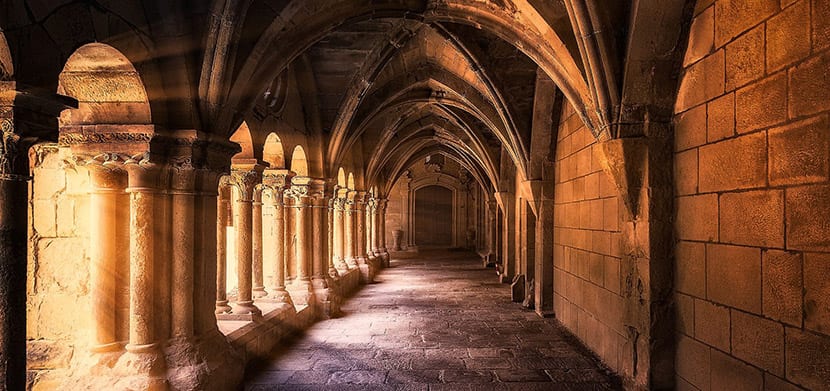
This is a female monastery of the Cistercian order and is National Monument since the '30s. It was built between the XNUMXth and XNUMXth centuries and it is mostly Romanesque in style, although it also has a lot of Gothic.
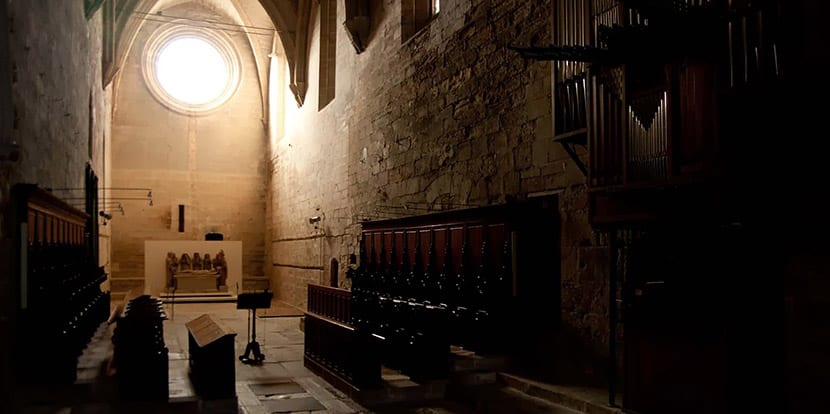
Around the year 1153, a group of nuns decided to join the Cistercian Order on land ceded by the Count of Barcelona and soon had great success among the nobility. The agreements after the civil war of the XNUMXth century produced some changes, since the monastery had to sell some of its surrounding lands so that peasants could settle there (those agreements prohibited the existence of religious women's communities in remote places), but that was the starting point of the current monastery.
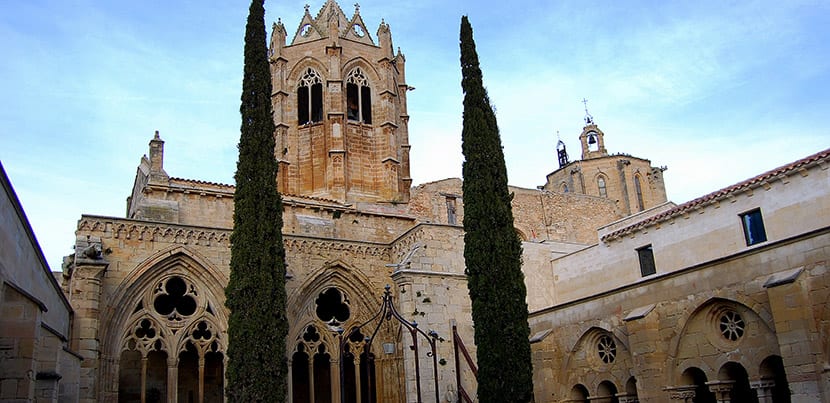
Church marks the transition from Romanesque to Gothic and it has a huge and beautiful octagonal bell tower in the Gothic style and the Tomb of Queen Violante of Hungary, wife of Jaime I of Aragon. You can visit the refectory, the kitchens, the library, various monastic dependencies and the scriptorium.
It really is beautiful. There are guided tours so my advice is that you visit the monastery website for the calendar and times for this year and the next. And if you feel like sleeping here it is possible. There is a hostel with 20 single or double rooms run by the monas.
Three places, the same route that combines history, architecture and religion.